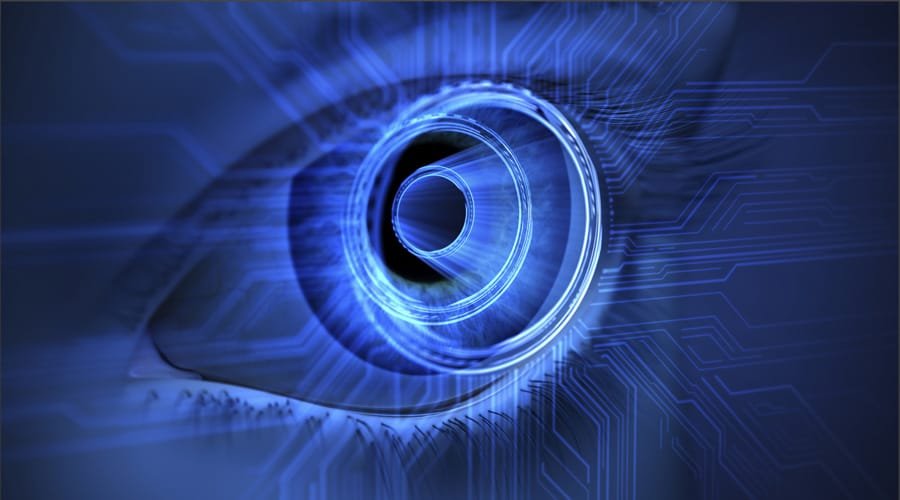Source – https://www.analyticsinsight.net/
Will computer vision take human jobs in the upcoming years with cutting-edge technologies?
There is a worldwide controversy whether computer vision will take over human jobs that can increase the rate of unemployment. The integration of cutting-edge technologies with AI algorithms into the existing computer system has introduced advanced computer vision. AI algorithms transform multiple sets of real-time data into appropriate business insights without any human intervention. But AI algorithms and computers require human assistance to complete multiple tasks efficiently and effectively. Have you ever wondered why there is an increase in human jobs in the field of AI in these recent years? Human skills are needed for the advancement in software development as well as innovating new technologies to boost productivity. Reputed companies and startups provide job opportunities such as computer vision engineer, computer vision scientist, deep learning specialist, software developer, data scientist, software engineer, lead scientist, data analytics lead, computer vision research engineer, and many more with lucrative salary package. That being said, we can claim that computer vision will not take human jobs but will ease the workload effectively to achieve higher ROI.
- PLANNING ON BECOMING A COMPUTER VISION ENGINEER? HERE’S WHAT YOU NEED TO KNOW
- INTEL’S MOVE TO LEVERAGE COMPUTER VISION SOLUTIONS
- SIGNIFICANT BREAKTHROUGHS AND COUNTRIES IN COMPUTER VISION TECHNOLOGY
- COMPUTER VISION VS HUMAN VISION: FILLING THE VOID IS INDEED DIFFICULT
How does computer vision ease the workload in human jobs?
Computers analyze multiple sets of raw data from digital images and videos to provide appropriate decisions by understanding the environment through the new form of AI known as computer vision. The data is more accessible and affordable due to digital transformation and globalization. Computer vision is thriving in recent years because of the accuracy rates for image pattern recognition than humans. Deep learning neural networks enable the iterative learning process in computers to acquire, process, and analyze image patterns efficiently and effectively than the human visual cognitive system. Convolutional Neural Network (CNN) is used in computer vision technology for appropriate image pattern recognition. These neural networks scan the available image pixel by pixel to identify patterns and memorize the ideal output from different characteristics such as contours and colors. Humans are needed to develop smart machines for completing automated tasks with visual cognition.
The computer vision system can be used for object classification, object identification, and object tracking. It takes much lesser time to analyze thousands of images as well as to detect any defect or issue with hi-tech cameras, data, and AI algorithms than the naked human eyes. Let’s explore the potential of computer vision across several industries to boost productivity.
- Automotive: Computer vision through ADAS, RADAR as well as LIDAR technologies provide visual representations, high visibility, and 3D representations of the surroundings respectively. Automotive Gesture Recognition also monitors the facial and hand gestures of drivers with audible and visual alerts.
- Retail: Computer vision helps in security through CCTVs, spillage detection, theft control, video analytics, enhancing the shopping experience, optimizing operations, alerting in-shelf productivity, and better customer engagement
- Manufacturing: Computer vision helps factory workers in predictive maintenance, identifying defects and eliminating risks as well as product quality inspection for minimal waste of products
- Healthcare: Computer vision can detect any unusual image pattern in reports and X-rays accurately, early-stage tumors, arteriosclerosis, and many more for doctors and nurses to operate at the right time
- Agriculture: Computer vision detects pests and plant diseases, information about high-quality crops, provides facial recognition to identify the individual animal, and analyses grain quality for farmers efficiently
Thus, we all can confirm that computer vision is not taking away human jobs but there is a high probability that it will generate more human job opportunities in the upcoming years. The aim of computer vision is to collaborate with humans to enhance the workload with more appropriate outcomes without any failure or mistake. We have to remember that humans are the main creator behind all these achievements of computer vision.
